The Importance of MICR Check Printing in 2025
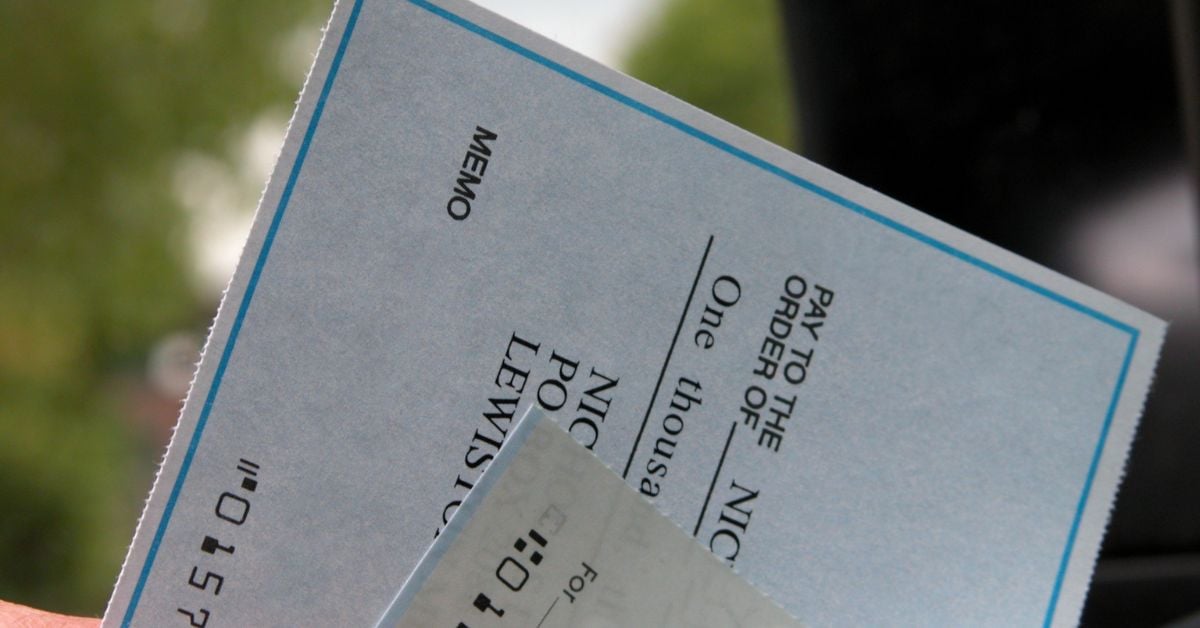
If you work in the financial industry like in a bank, or even in a department like accounts payable or payroll - you probably know what MICR is, but then again, you might not.
The release of the Check 21 Act in 2004 made it OK for paper checks to be converted into digital images and used in B2B transactions, so the role of MICR might not be as well known. However, MICR has not gone away. Even with The Check 21 Act, you still need MICR on your checks. But what exactly is MICR? Is it just one part of the check? Is it included in the whole check?
What is MICR?
MICR is a technology that utilizes magnetic ink and specific character fonts to encode information on checks. MICR stands for Magnetic Ink Character Recognition, which narrows it down, but MICR is a broad term when you take a closer look. MICR is a term used for checks and can refer to various aspects of checks or the printing process. 3 core elements that MICR can refer to are MICR toner or ink, MICR lines, and MICR fonts.- MICR toner & ink: MICR is the actual type of toner or ink used to print a check. Banking machines can read this type of toner because of its magnetic properties. The ABA, ANSI, and CPA require the use of MICR on all checks to avoid manual processing and data entry. If you do not print a check with MICR toner or MICR ink, the bank can reject it, and your business may incur penalties.
- MICR line: The MICR line refers to the accounting and routing numbers that appear at the bottom of a check. This part of the check is the most important for bank readability - the MICR line on the check must be printed using MICR toner or MICR ink.
- MICR fonts: MICR fonts are special fonts used for printing accounting and routing numbers in the MICR line. Similar to MICR toner and ink, the MICR font is distinct and readable by machines, and individuals must use it on every check.
Is MICR still required in 2025?
MICR and check printing refer to and work together with all of these elements, and in 2025, MICR is still required. Even though Check 21 enables digital check transactions, the check still requires MICR to be considered a "cash item." Banking machines scan the MICR line and amount. This is done for a company's AR department. The purpose is to match and apply the cash to the right invoices. In larger companies, reading and scanning this information correctly is paramount.
Regardless of company size, secure check printing is necessary for B2B transactions. 40% of companies still use checks to pay their vendors, which is a pretty large percentage for a world that’s moving towards digital.
The auto industry uses checks to buy cars from customers. Insurance companies use checks to approve claims. Governments and payroll departments also use checks. The checks used by all of these industries require MICR toner, a correctly positioned MICR line, and MICR fonts.
Importance of MICR Check Printing:
- Automated Processing: With the use of MICR technology, checks can be processed quickly and accurately through automated systems. This not only reduces the time and effort required for manual handling but also minimizes the chances of errors that can occur in manual data entry.
- Accuracy and Efficiency: The standardized encoding of information in MICR characters ensures a high level of accuracy in check processing. This, in turn, enhances overall efficiency in the banking and financial system, reducing the likelihood of errors and streamlining the check clearance process.
- Compliance with Industry Standards: Many financial institutions and businesses adhere to industry standards that mandate the use of MICR technology for check printing. Compliance with these standards is essential for seamless integration into the broader financial network, allowing for smooth check processing and transaction flows.
Is MICR Secure on its own?
Other than what MICR is and if it's still required, there is one major misconception of MICR toner & ink that still exists: is it secure? The answer is no.
While MICR uses magnetic properties and is a requirement for checks, it does not protect against check fraud. MICR itself does not contain any properties that make it impervious to fraud schemes like check washing, a technique in which fraudsters will wash off the amount and the accounting and routing numbers and alter the check to go right into their own bank accounts.
With cases of check fraud skyrocketing from 350,000 to 680,000 from 2021 to 2022, protecting your checks from these schemes is crucial.
TROY’s suite of MICR security solutions
Luckily, TROY has thought of everything. TROY has a suite of MICR security solutions needed to print secure, custom checks for your business. With TROY’s solutions, printing checks with the proper banking standards is no longer a worry, and neither is fraud. With our patented fraud-resistant toner, printers enhanced with MICR security features, and MICR fonts, check printing can be easy and secure.- MICR Toner Secure: TROY’s patented MICR Toner Secure will protect your checks from fraud by releasing a red dye whenever any type of alteration is attempted. TROY MICR Toner Secure not only meets the banking requirements but exceeds them with high adhesion, allowing for high readability and low risk for toner scraping.
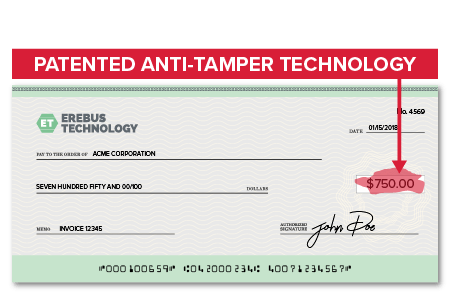
- TROY HP MICR Check printers: TROY’s 30 year OEM partnership with HP makes TROY the only company authorized to enhance standard HP LaserJet printers with features needed to print MICR on checks, like exact positioning technology so the MICR line is always printed accurately and in position, toner sensing to ensure you're always printing with MICR, paper tray locks so physical paper theft is impossible, plus more.
- MICR fonts: TROY makes it easy for you to add high-quality MICR printing capabilities to your existing HP LaserJet printer. With the addition of our fonts to your current HP printer, you will have the ability to print MICR fonts, and many additional fonts all from one device. When it comes to reliable check printing, TROY offers the only solution to consider. Our fonts will allow for the ability to print checks in one easy step.
Choose TROY’s MICR Solutions
In a world where financial transactions are constantly evolving, the importance of MICR check printing cannot be overstated. The use of MICR toner & ink and standardized fonts enhances security, prevents fraud, and facilitates the efficient processing of checks. Whether you are an individual or a business involved in check transactions, embracing MICR technology is a crucial step toward ensuring the integrity and reliability of your financial dealings. With TROY’s end-to-end solution for MICR check printing, printing secure checks for your business can be easy and streamlined, giving you peace of mind that your checks are safe and above banking standards.
Visit our site to explore our full range of security solutions here.
Related Posts
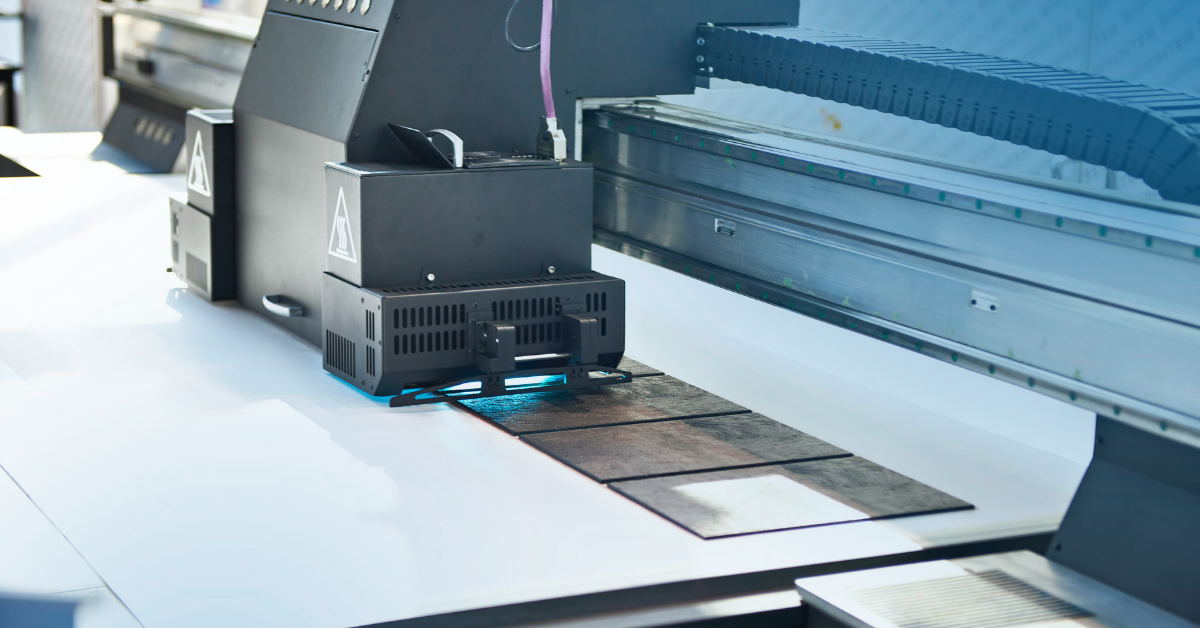
What is UV Printing? UV Curable Inks for Packaging
Ultraviolet, or UV printing is an advanced digital technology that cures specially designed inks using UV light. This process creates sleek, vibrant designs that dry instantly,..
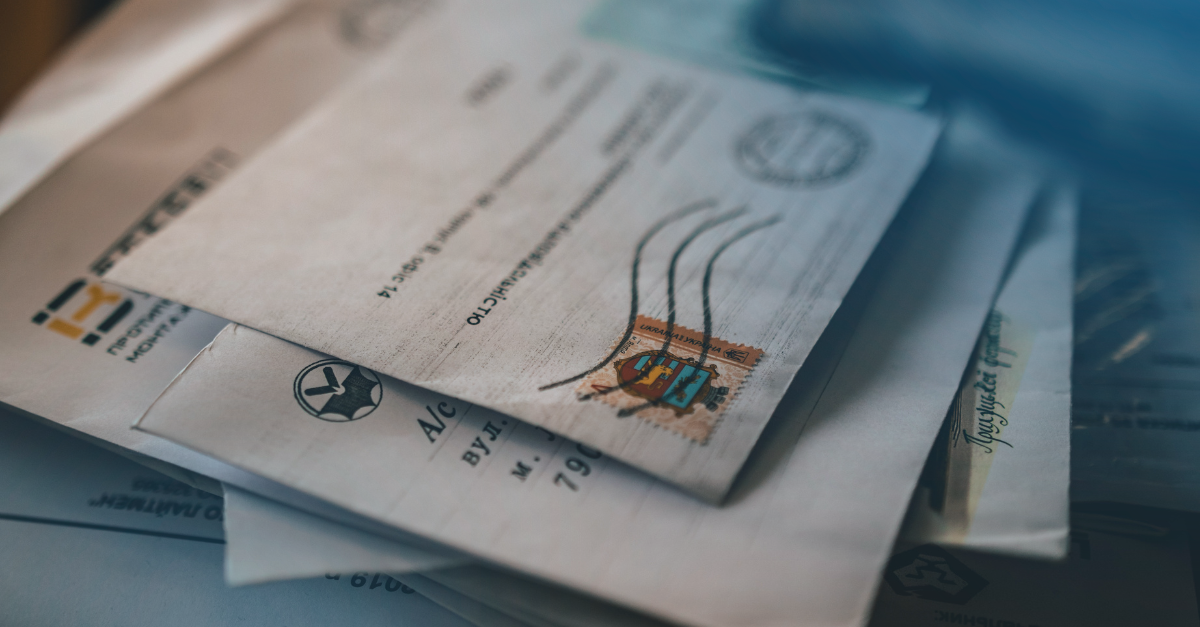
Here's How to Beat Upcoming Postage Rate Increases
In 2024, a notable increase in postage costs became a reality. With postage increases expected to occur multiple times a year, it's important to be prepared for what's coming.
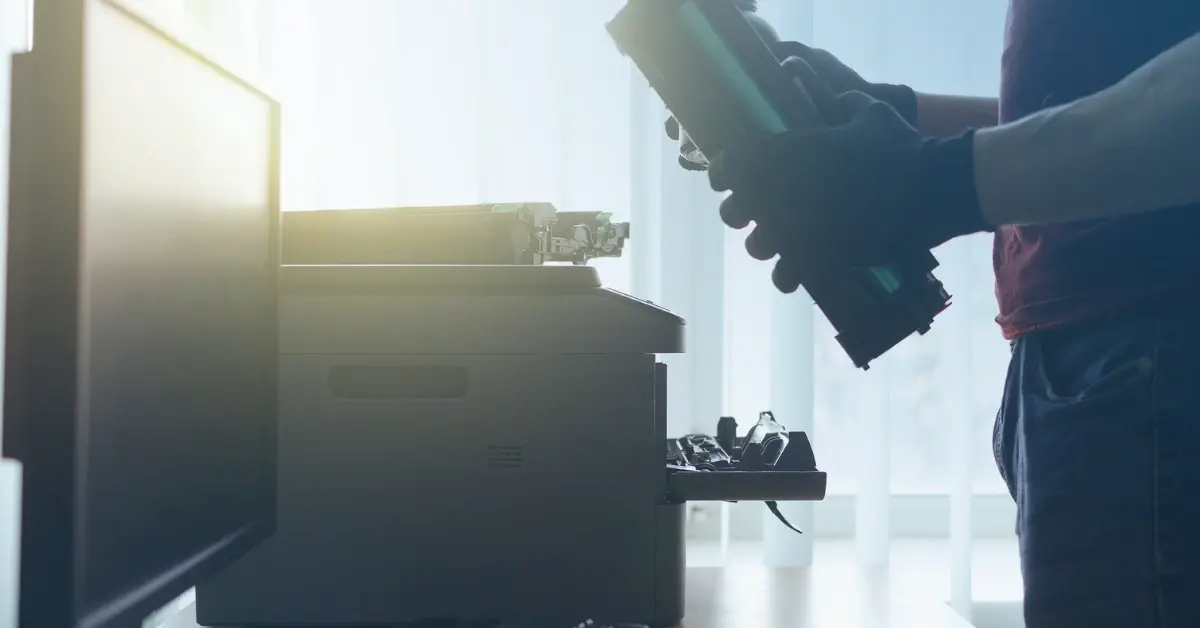
What is MICR Toner? A Guide for Check Printing
What is MICR? MICR stands for Magentic Ink Character Recognition, and it plays a critical role in check printing. If you're printing checks for your business, you should always be..



Leave a Reply